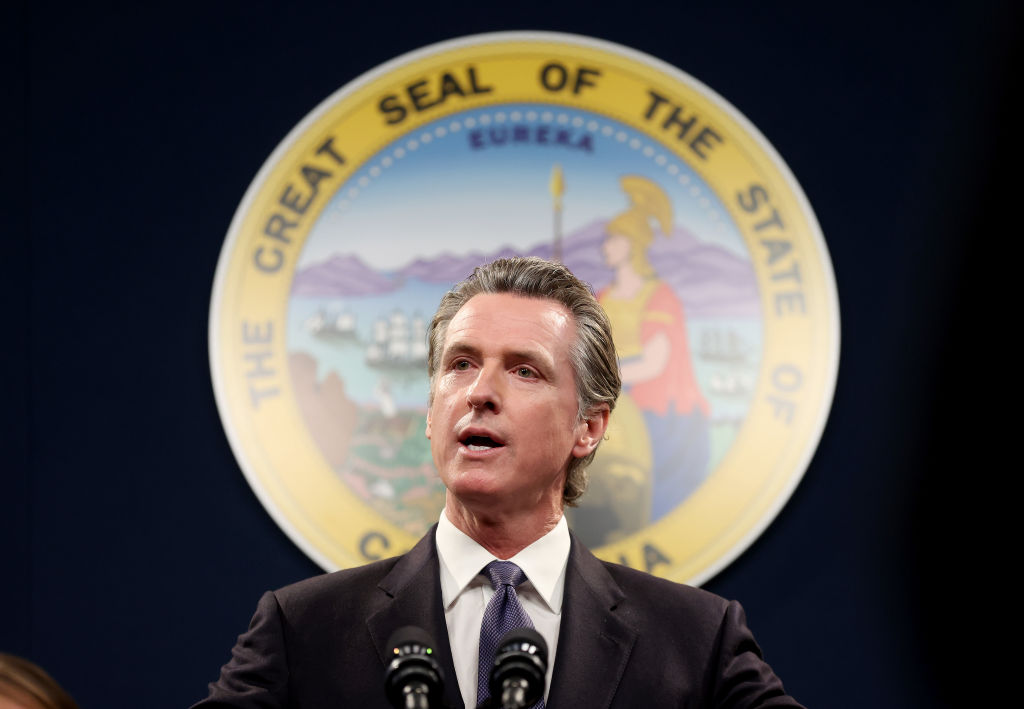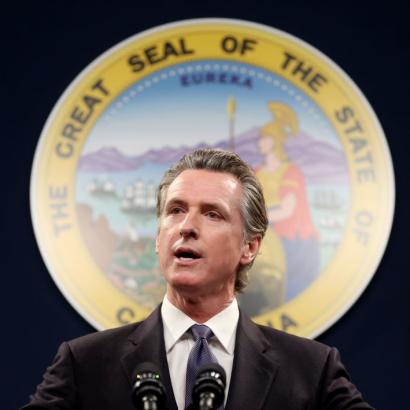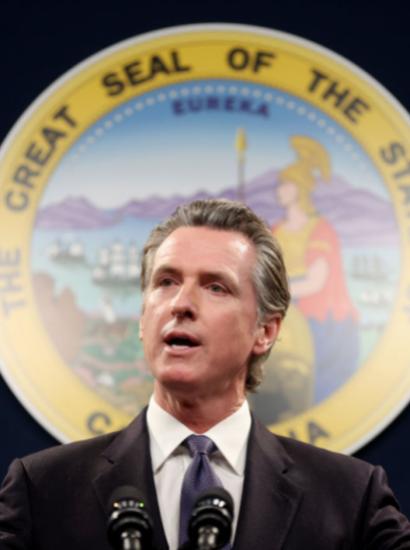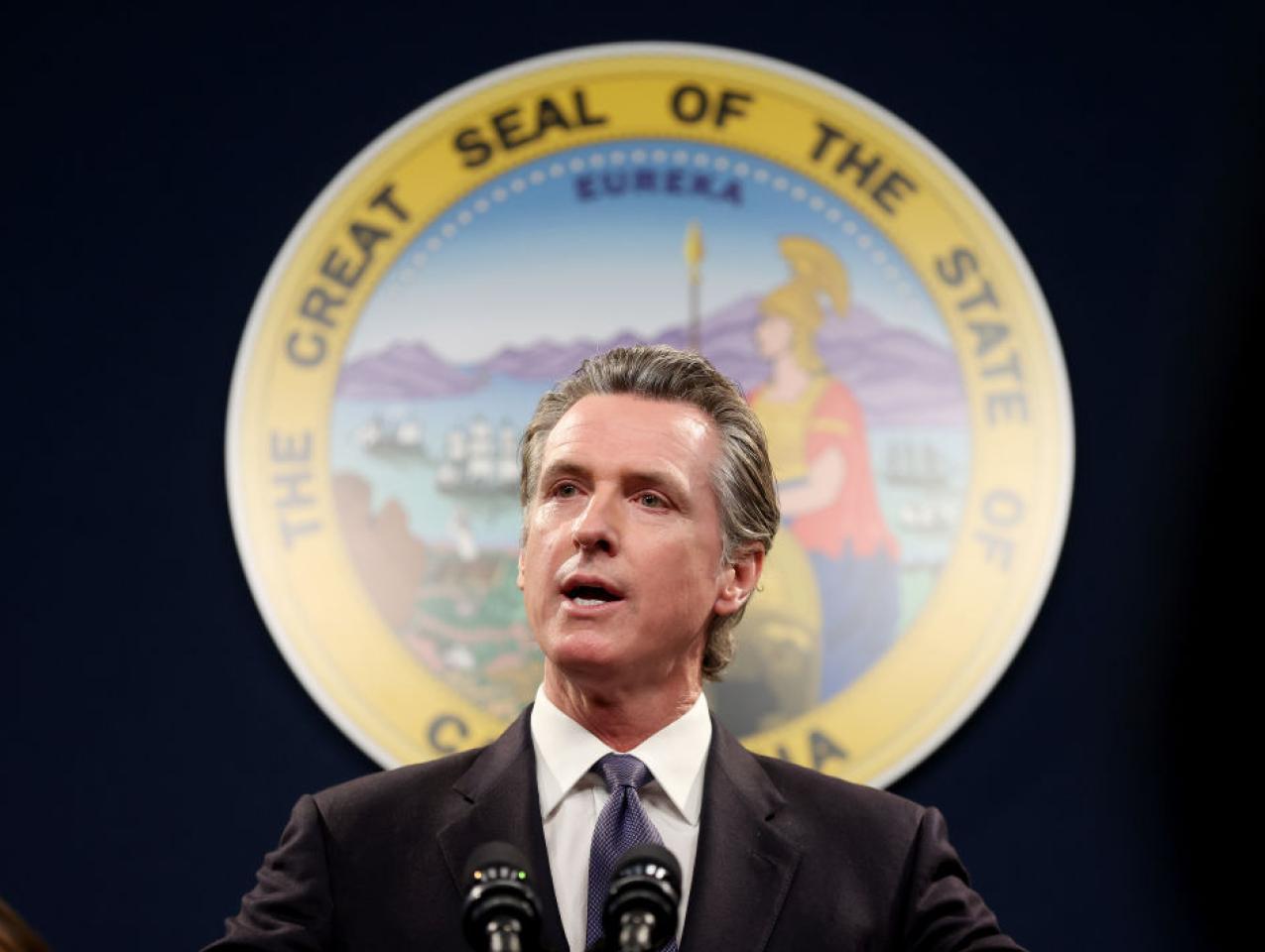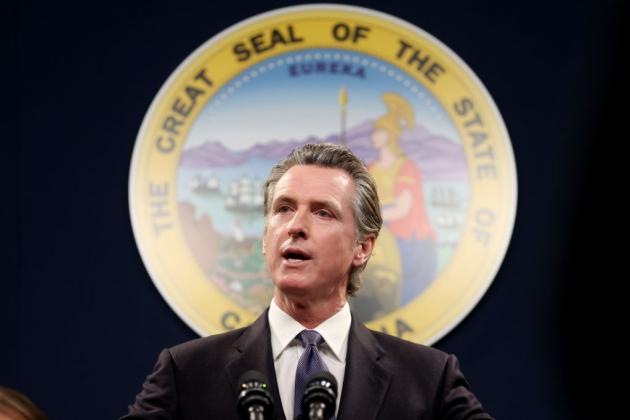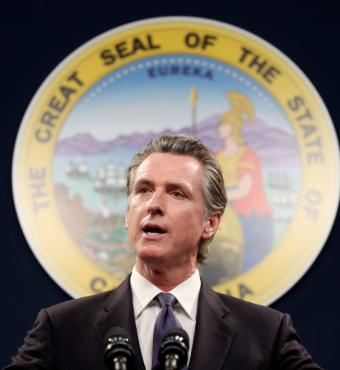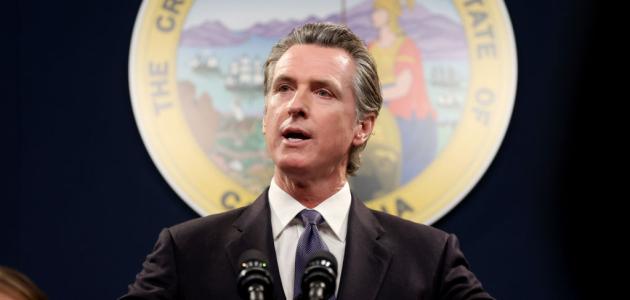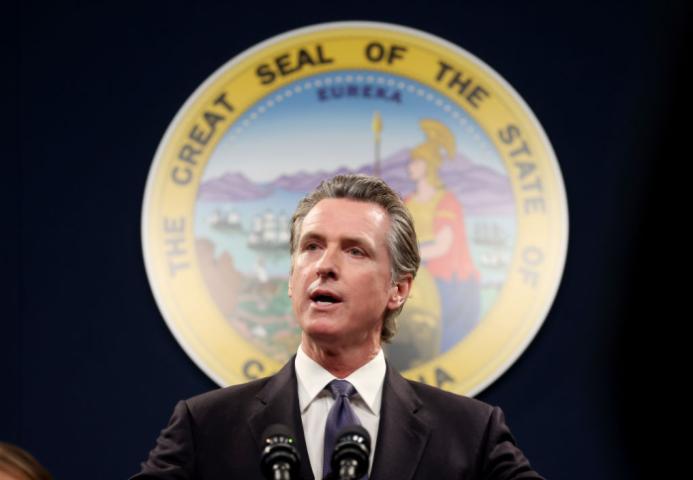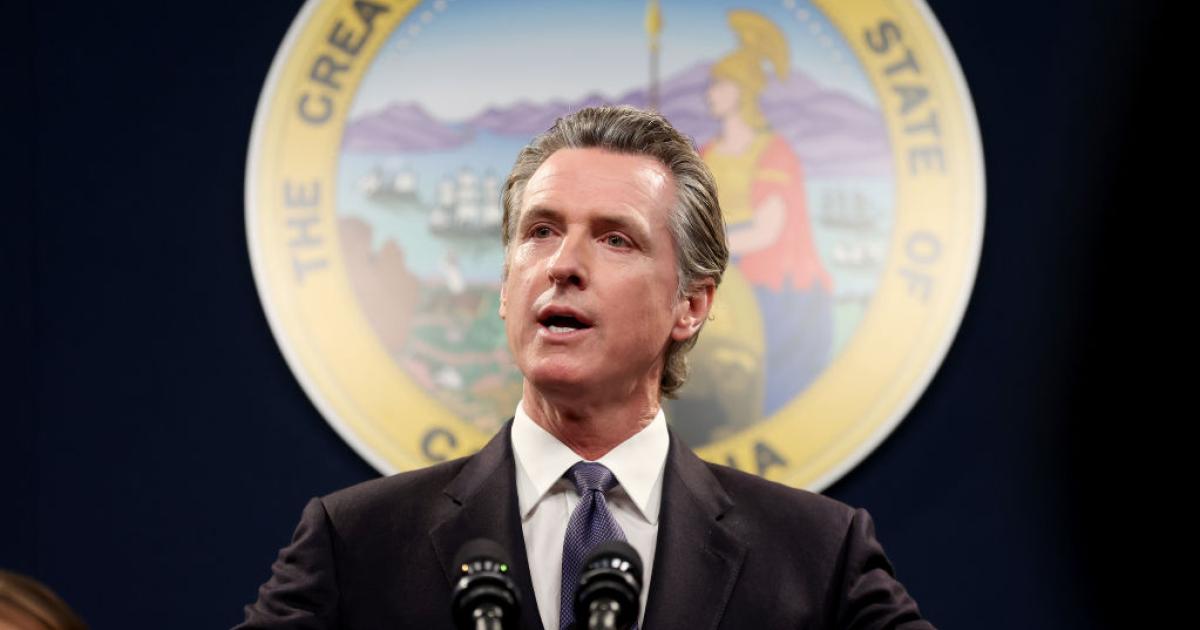Not that they receive time off for good behavior, but if there’s such a thing as an opportune time for a California governor to travel beyond America’s shores, it would be October.
Why so?
Because, by the tenth month of the year, legislative matters in Sacramento have been settled (for the time being) and the next state budget proposal isn’t due until early January (which may not be a pleasant experience in the week ahead for the governor’s bean-counters, as the Golden State’s population drain impacts negatively on California’s finances).
Indeed, California governor Gavin Newsom used the second half of October to engage in globe-trotting. His itinerary: China, to highlight the urgency of climate change and carbon emissions, preceded by a quick visit to Israel to check in on regional hostilities and the welfare of a few fellow Californians literally caught in the crossfire.
At face value, Newsom wasn’t doing anything out of the usual for a California governor, even if his revised itinerary—the Israel stop was tacked on to the long-planned journey to the other side of the Pacific Rim—had a Marco Polo–like feel to it.
In June 2017, for example, Newsom’s predecessor traveled to Beijing to discuss green technology with President Xi Jinping in a 45-minute one-on-one at the Great Hall of the People. It was during that overseas mission that Jerry Brown signed an agreement with China’s minister of science and technology to deepen California-Sino ties.
Arnold Schwarzenegger, who preceded Brown as California’s 38th governor, made a point of going to Israel just six months into his first term—his first gubernatorial overseas trip—to underscore his support of the Jewish state (highlighted by a speech at the site of the future Museum of Tolerance Jerusalem), as well as announce joint ventures with several Israeli companies.
However, that visit included a detour to Jordan after Schwarzenegger was panned for overlooking Palestinians during his trip. To the extent that he engaged in regional politics, Schwarzenegger told reporters that he “talked about the Middle East” during a private visit with King Abdullah II at the latter’s royal palace in Amman.
What stands out about Brown and Schwarzenegger’s travel: neither governor stepped on the toes of US foreign policy. Sadly, the same can’t be said of Newsom’s recent wanderlust.
In Israel, Newsom casually remarked that California’s state government was “working behind the scenes” to help free hostages in Gaza. One thing about working “behind the scenes”: secrecy is the name of the game, which makes it curious that Newsom felt compelled to mention the possibility of a covert machination back in California.
In China, Newsom again stepped out of bounds when, like Brown, he was granted a visit with President Xi to discuss, per a gubernatorial press release, “climate action, economic development, cultural exchange, human rights concerns, and democracy” (no media were allowed to listen in on the two leaders’ conversation).
So what ensued after Newsom had his audience with one of arguably the two most powerful men on the planet?
In a CNN interview, Newsom suggested his meeting could be seen as a turning point in US-Sino relations. “We’ve got to turn down the heat. We’ve got to manage our strategic differences. We’ve got to reconcile our strategic red lines.”(Note to the governor: the last time a prominent Democrat used the term “red line,” the result was a moment of presidential indecisiveness.)
Newsom also suggested that his being granted an audience with Xi was “indicative of a thawing,” adding that his other meetings with top Chinese officials suggested that “we’re entering, I hope, a new phase.”
In fact, Newsom offered that sentiment more than once while in Beijing. Prior to his meeting with Xi and ahead of a separate meeting with Wang Yi (a top Chinese politician and diplomat), Newsom offered the following: “I’m here in expectation, as you suggest, of turning the page, of renewing our friendship and reengaging (on) foundational and fundamental issues that will determine our collective faith in the future.”
And the reaction from China’s side?
According to China’s consulate general in New York, Xi “expressed the hope that Newsom's visit will enhance mutual understanding and play a positive role in expanding cooperation between China and California and promoting the sound and steady development of China-U.S. relations.”
The trouble with Newsom meeting with Xi, much less prophesying a turn in international relations, is severalfold. First, the one-on-one with Xi comes at the same time the Biden White is struggling to have the same courtesy afforded — a one-on-one meeting with Xi — to the American president. One could argue that Newsom’s sitting down with Xi makes him an unwitting victim of a Beijing power flex (China’s leader treating a California governor more generously than an American president).
Second, Newsom’s venture into foreign policy was perhaps unnecessarily redundant in that Senate Majority Leader Charles Schumer and five of his colleagues journeyed to Beijing earlier this month to discuss trade and fentanyl. That “codel” (Capitol Hill shorthand for an overseas congressional delegation) included the six senators getting face time with Xi (here’s how the Chinese government spun the meeting). And prior to the senators’ visit: in June, Secretary of State Anthony Blinken met with Xi in Beijing, where they agreed to stabilize US-China relations.
There’s one other aspect of Newsom’s visit with Xi worth noting: his transformation from a scolding governor back in the States (rarely does Newsom pass a chance to bash red-state Republicans on tolerance, classroom curricula, or reproductive rights) to a meeker version of himself while 15 hours ahead of the Golden State.
Perhaps Newsom and Xi did indeed discuss “human rights,” as the governor’s press release suggested. But it’s worth noting that Newsom didn’t bother to opine on the following while in Beijing:
- China’s treatment of its Uyghur population—more than a million Muslims subjected to what are euphemistically called “reeducation camps” (Los Angeles County is home to a vibrant Uyghur community);
- Beijing’s LGBT Center, one of the pioneers of China’s “different sexual orientation movement,” ending its operations earlier this year amid a repressive political environment (Newsom’s first turn in the national spotlight came in 2004, when, as mayor of San Francisco, he issued marriage licenses to same-sex couples);
- China’s treatment of women, whether female infanticide or girls given up for adoption under the nation’s infamous one-child policy, not to mention forced abortion and sterilization (First Partner Jennifer Siebel Newsom, who touts herself as an advocate for women and children, also made the rounds in Beijing);
- Finally, the fate of David Lin, a 67-year-old Orange County pastor who’s been imprisoned in China since 2006 after being handed a lifetime sentence for contract fraud (prior to the governor’s trip, Newsom aides refused to comment on whether the governor would raise the topic while in China).
Perhaps the two values-scolding Newsoms decided that discretion was the better part of valor while visiting a regime that’s an affront to human rights. But for a governor who rarely passes on the chance to dress down those he deems morally inferior, it certainly seemed out of character. And the gubernatorial photo-ops—the governor plowing over a child on a basketball court; his wife engaging in farm-to-school dietary plans—seemed a little too frivolous when the world is on edge.
To the adage that politics ends at the water’s edge: it would seem that so too did one governor’s audaciousness once he arrived on Chinese soil.







